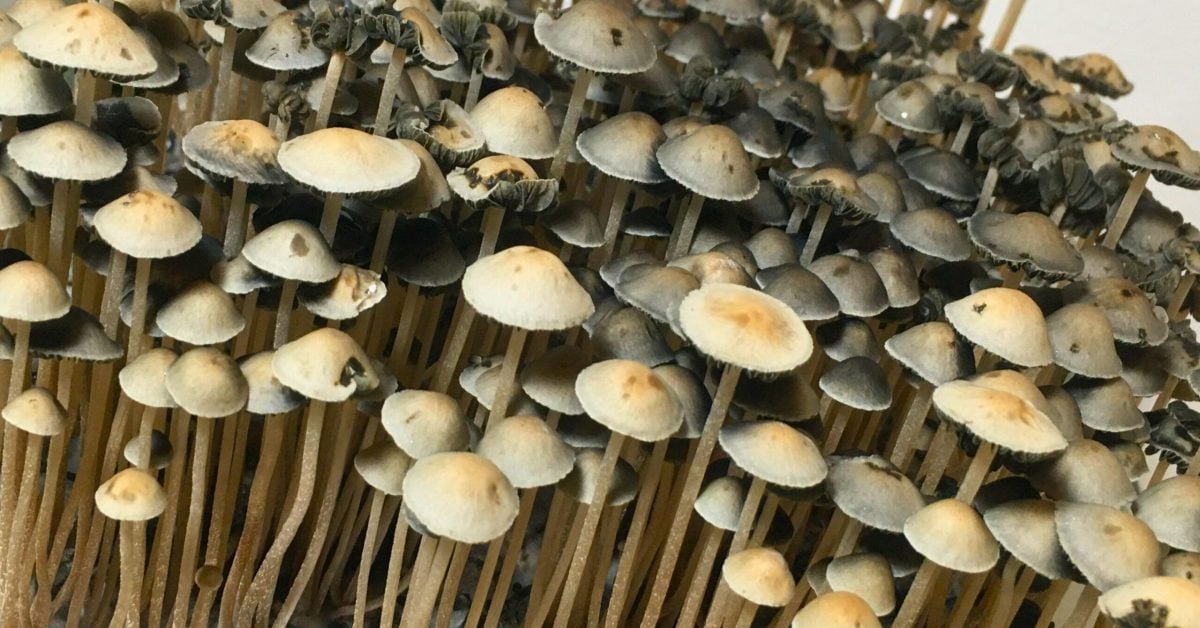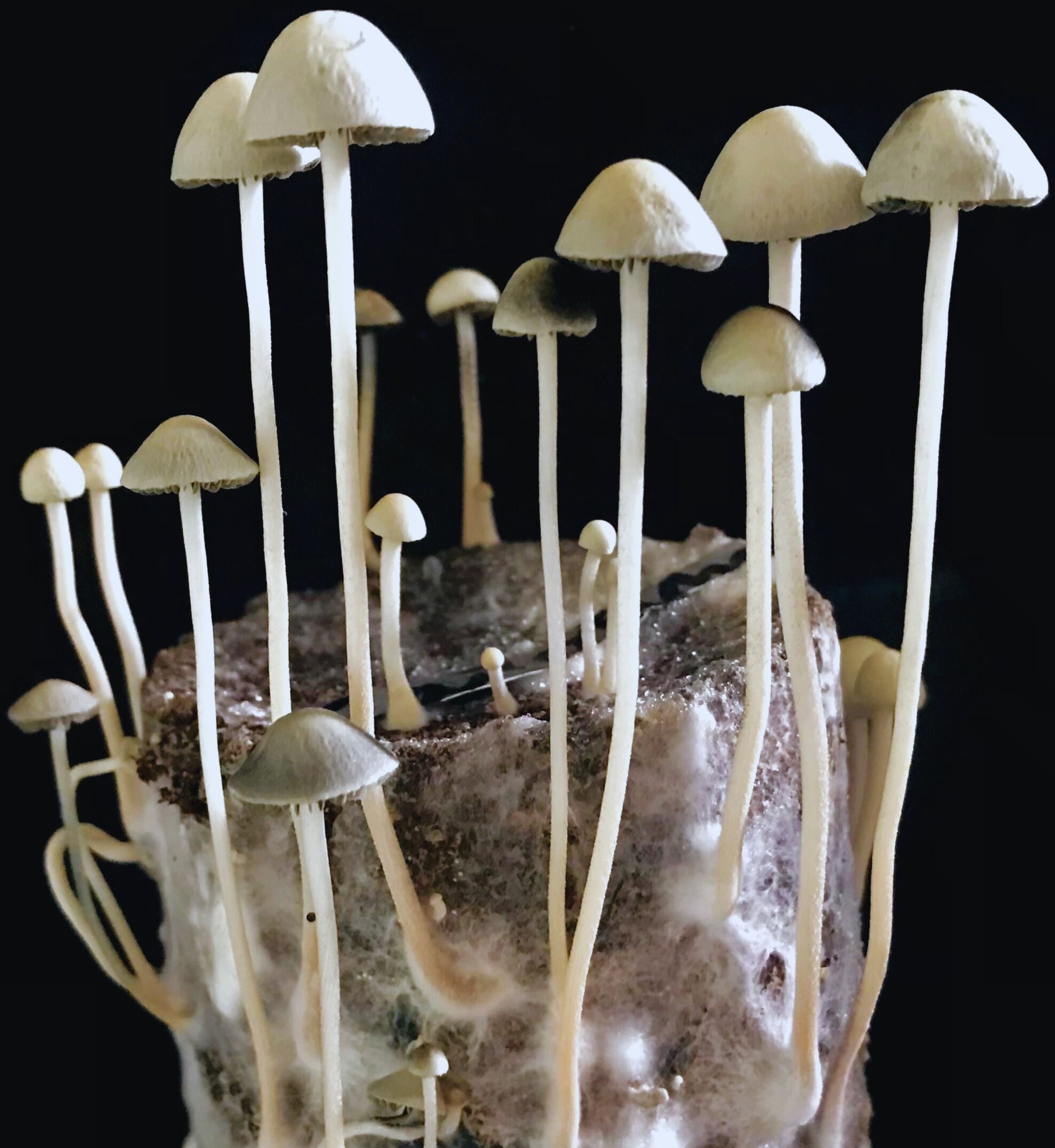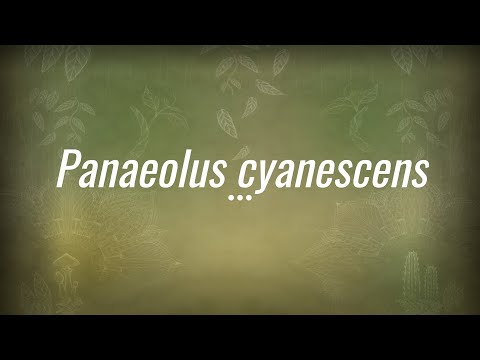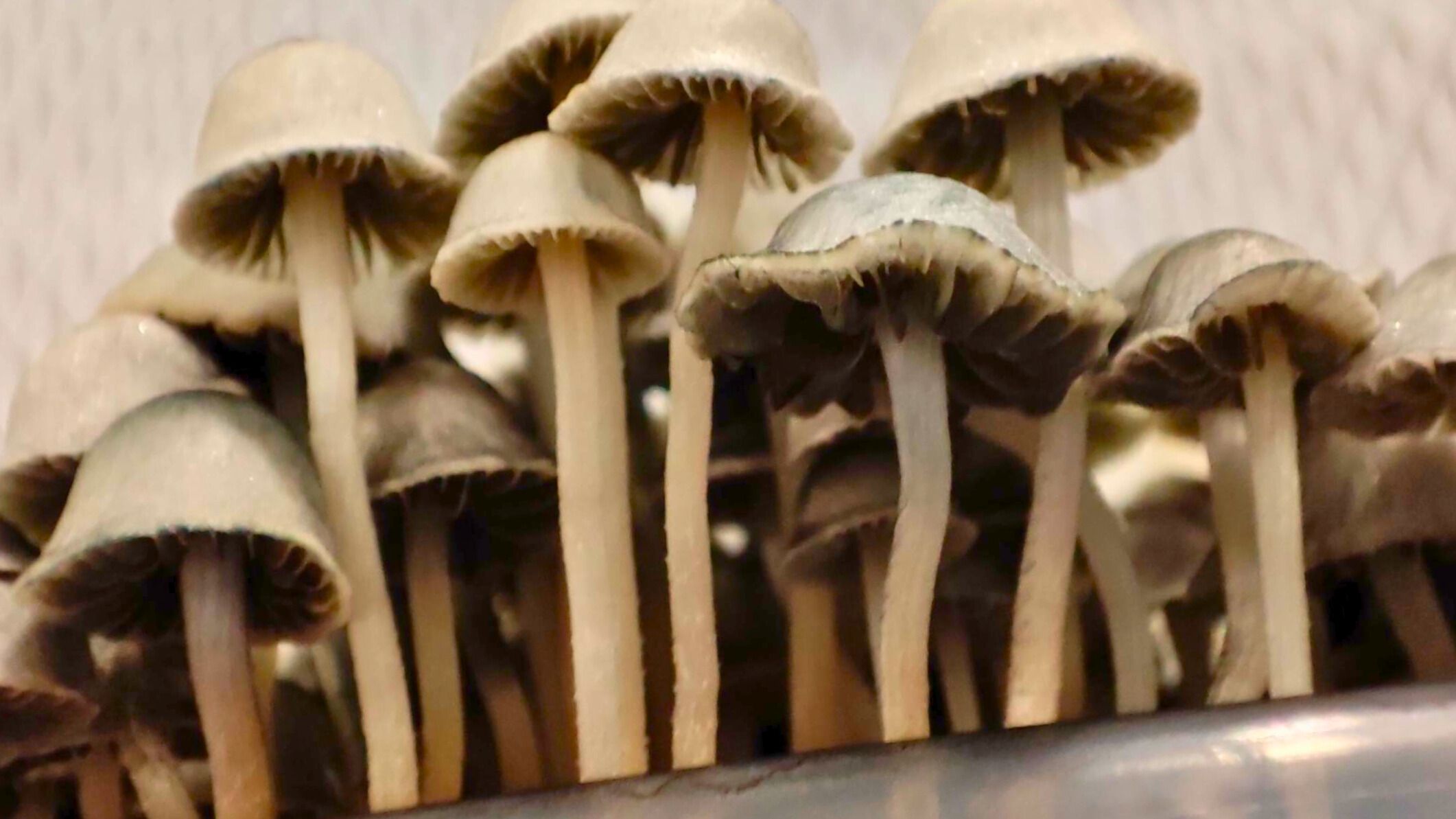
This article provides an in-depth examination of Panaeolus cyanescens mushrooms, commonly known as ‘Blue Meanies.’ It covers their identification, chemical composition, effects, historical significance, legal considerations, cultivation methods, and environmental impact. With a blend of scientific rigor and accessible language, this comprehensive guide aims to educate readers about these potent mushrooms, emphasizing both their unique properties and the importance of safe, responsible use.

This introductory section will overview the Panaeolus cyanescens, a unique type of psychedelic mushroom commonly called ‘Blue Meanies.’ These mushrooms are known for their potent psychoactive properties due to a high concentration of psilocybin, a naturally occurring psychedelic compound.
Cultivation techniques for Panaeolus cyanescens are meticulous, requiring specific growing conditions. Optimal growth occurs in a warm, humid environment with temperatures around 75-85 degrees Fahrenheit. The use of substrates such as dung or compost is recommended.
The medicinal properties of the Blue Meanies are currently being investigated. Preliminary studies suggest potential benefits in treating mental health disorders, including depression and anxiety. However, the dosage recommendations vary, with therapeutic doses ranging from 0.25 to 1 gram of dried mushrooms.
Despite the potential therapeutic benefits, potential health risks are associated with using Panaeolus cyanescens. Adverse reactions can include hallucinations, anxiety, and, in some cases, psychosis. Therefore, using these mushrooms responsibly and under appropriate guidance is advised. Further research is needed to fully understand the implications of these medicinal properties and potential health risks.

For accurate identification, the description of Panaeolus cyanescens, or ‘Blue Meanies,’ focuses on distinctive features such as bell-shaped caps, slender stems, and characteristic blue bruising when damaged or aged. These physical characteristics are critical in identifying and classifying this unique mushroom species.
Habitat preferences also aid in identifying the Blue Meanies. These mushrooms appreciate dung-enriched grassy fields, thriving particularly in tropical and subtropical regions.
Understanding the distinct features and habitat preferences of Panaeolus cyanescens helps in their accurate identification and appreciation.

While the physical features and habitat preferences of Panaeolus cyanescens are crucial for identification, understanding its chemical composition, particularly the psychoactive compounds psilocybin and psilocin, is essential to comprehend its effects when ingested. The mushroom’s chemical composition, laden with these psychoactive compounds, is responsible for its hallucinogenic effects.
Upon ingestion, these compounds induce effects such as euphoria and hallucinations. They interact with serotonin receptors in the brain, altering perception and mood. The intensity and duration of these effects can vary based on factors like dosage and individual physiology. However, potential adverse effects, including nausea, heightened anxiety, panic attacks, and psychosis, can also occur, particularly in individuals with pre-existing mental health conditions or when taken in high doses.
Compared to other psilocybin mushrooms, Panaeolus cyanescens is noted for its high potency due to a higher concentration of psilocybin and psilocin. This potency comparison underscores the need for caution and respectful use.
Regarding therapeutic potential, psilocybin has shown promise in clinical trials for treating depression and anxiety. It’s crucial to note that while promising, this is a field of ongoing research, and these mushrooms should not be used for self-medication without professional guidance.
Beyond their chemical composition and effect, Panaeolus cyanescens mushrooms hold historical and cultural significance, serve as sacred elements in indigenous rituals and celebrations, and continue influencing modern psychedelic research and therapy. Stemming from their ritual use, these mushrooms, also known as “Blue Meanies,” have a rich history embedded within indigenous practices and shamanic traditions.
In the modern context, these culturally significant mushrooms are gaining recognition in psychedelic research. New therapeutic uses, particularly in mental health treatment, are being explored, indicating that the historical and cultural implications of Panaeolus cyanescens may extend far beyond its traditional uses. It is a testament to the enduring potency of these natural organisms and their continual role in indigenous and contemporary practices.
Navigating the legal landscape surrounding Panaeolus cyanescens requires careful attention, and it is equally important to consider safety measures when handling these potent mushrooms. Legal regulations vary significantly across countries, with some jurisdictions imposing strict legal penalties for the possession, cultivation, or distribution of these fungi. Misidentifying mushrooms also poses potential risks, as consumption of toxic species can lead to severe health emergencies.
Responsible consumption entails recognizing the potency of Panaeolus cyanescens and understanding the psychological and physiological effects they can produce. Overdosing can result in distressing experiences. Thus, moderation and gradual dose escalation are advisable. Moreover, one should never consume unidentified mushrooms; misidentification can inadvertently lead to the ingestion of poisonous species.
Harm reduction strategies should be adopted to mitigate risks associated with Panaeolus cyanescens. This includes educating oneself about the mushroom’s characteristics, effects, and legal status in one’s jurisdiction. Furthermore, ensuring that the mushrooms are sourced from reliable vendors or cultivated under sterile conditions can reduce the risk of contamination.
How can one optimize the cultivation process to ensure the successful growth of Panaeolus cyanescens under varying environmental conditions? The answer lies in mastering various growing techniques that revolve around maintaining ideal temperature requirements, maintaining moisture control, and preventing contamination.
The cultivation of Panaeolus cyanescens necessitates a deep understanding of the mushroom’s needs. The process can be optimized by adhering to the following guidelines:
Substrate Options
Environmental Control
Contamination Prevention
Understanding and implementing these essential elements can significantly improve the success rate of cultivating Panaeolus cyanescens, leading to a more consistent and fruitful yield.
In any efforts to cultivate Panaeolus cyanescens, we must also consider the environmental impact of this process and commit to conservation efforts. The importance of these mushrooms in our ecosystem is profound. They play a vital role in decomposition, aiding nutrient recycling by breaking down organic matter.
However, threats to their existence are prevalent. Over-harvesting and habitat destruction are primary concerns. Over-harvesting depletes the natural population, disrupting the delicate balance of the ecosystem. Habitat destruction, often due to human activities, threatens the mushrooms and the diverse life forms that depend on them.
Conservation strategies are thus crucial. Sustainable harvesting is a viable solution that involves collecting mushrooms in a manner that allows the population to replenish. This can be achieved by leaving enough specimens for reproduction and spore dispersal. We should advocate for protecting the mushroom’s natural habitats and reducing human-induced disturbances. Research and education can also play a significant role in conservation. By understanding the ecosystem impact of Panaeolus cyanescens, we can work towards a more sustainable future.
Drawing upon our exploration of Panaeolus cyanescens, the conclusion serves to reiterate the mushroom’s ecological significance, unique features, and the necessity for responsible interaction with these exceptional organisms. Often sought after for their psychedelic experiences, these mushrooms play an integral role in the balance of our ecosystems, making fungal ecology a critical field of study.
These organisms present a unique opportunity for mushroom foraging. However, the importance of informed and respectful foraging must be addressed. Panaeolus cyanescens hold potential for ethnobotanical research due to their distinct properties. Still, responsible drug use is paramount, given the potential risks.
Panaeolus cyanescens mushrooms are not typically used in culinary applications due to their potent psychoactive properties. Their unique flavor profile doesn’t lend itself to traditional cooking techniques, pairings with food, or experimental recipes.
Panaeolus Cyanescens have potential medical applications, being studied for their psychedelic therapy uses. These include depression treatment, neuroplasticity boost, anti-anxiety effects, and PTSD interventions due to their psychoactive compound, psilocybin.
Yes, the color and size of Panaeolus Cyanescens can vary. Nutrient dependency, environmental impact, and temperature effects can influence these variations. However, more research is needed to understand these correlations fully.
Panaeolus Cyanescens interact with other flora and fauna through spore dispersal and fauna consumption. They impact the ecosystem, compete with plants, and enrich the soil in their natural habitats, thereby maintaining ecological balance.
Reputable suppliers for Panaeolus Cyanescens spores exist, but spore legality varies. Suppliers often provide cultivation methods, preservation techniques, potency variation information, and harvesting tips to ensure successful and ethical mushroom cultivation.
Thick Spores at http://http://http://http://thickspores.com/wp-content/uploads/2023/01/Untitled-1080-×-1080-px-1-1.png.com/wp-content/uploads/2023/09/mushroom-liquid-culture.webp.com/wp-content/uploads/2023/01/Untitled-1080-×-1080-px-1-1.png.com/wp-content/uploads/2023/09/mushroom-liquid-culture-2.webp.com offers many high-quality strains of Panaeolus Cyanescens Mushroom Liquid Culture Syringes